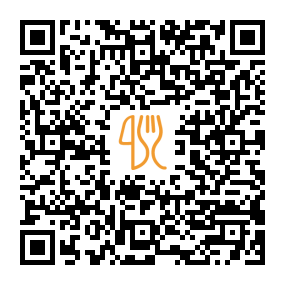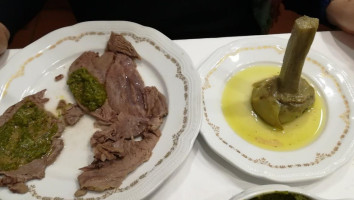Imagini
ContribuieRezervă acum
Recenzii
Contribuiți la feedbackA “must have been” in Rome Service: Dine in Meal type: Dinner Price per person: €50–60 Food: 5 Service: 5 Atmosphere: 5
Lovely 19th century ristorante still run by a family with cooking and hospitality in their blood. Ask to see the wine cellar, which is tunnelled into Monte Testaccio Service: Dine in Meal type: Lunch Food: 5 Service: 5 Atmosphere: 5
The cacio e pepe is not up to the standard of a quality Roman restaurant Service: Dine in Meal type: Dinner Price per person: €30–40 Food: 3 Service: 4 Atmosphere: 5
Service: Dine in Meal type: Lunch Price per person: €30–40 Food: 5 Service: 5 Atmosphere: 5 Recommended dishes: Trippa Alla Romana
Checchino was born in 1870 on Monte Testaccio (also called Monte dei cocci , an artificial mound in Rome made of testae (cocci in Italian , fragments of broken ancient Roman pottery. In the beginning, Checchino sold only wines, salumi and other uncooked goods. The restaurant was located in the cellar, the perfect spot for storing wines due to its nearly constant and cool temperature throughout the year. Then in 1887, the family obtained its first Osteria con cucina license, and took advantage of its proximity to the slaughterhouse which opened in 1890 and remained active until 1975. Checchino became famous for serving the quinto quarto, which means the fifth quarter, the offal of butchered animals. Until modern day, the division of meat in Rome was made in the following way: the first quarto was sold to the rich nobles, the second for the clergy, the third for the Bourgeoisie and the fourth was for the soldiers. The lowest class proletariat could afford only the entrails, the quinto quarto. The poorest workers at the slaughterhouse, the vaccinari (ancient term for butchers , were often paid with these leftovers, which they brought to the nearest eateries to cook up. This is exactly how the traditional cuisine of Checchino was born. This poor Roman style cooking has not only had influence on restaurants in Rome but has also sparked a new trend, a renaissance of quinto quarto trattorie including the iconic Trippa in Milano. The highlight among the first courses is the Testaccio specialty Rigatoni with pajata, a savory sauce made with tomatoes, lamb intestines and a sprinkling of Pecorino. If you want something less extreme, opt for the well-made Carbonara. One of Rome’s most historic dishes, the Coda alla Vaccinara (oxtail stewed in tomato sauce with celery, pine nuts and other ingredients was invented at Checchino. Not surprisingly, this is their best dish, which takes over 6 hours to cook on a low flame. The meat is so tender, it melts in your mouth. Also, don 't miss out on the great Roman cheeses and cured meats. The service is impeccable at Checchino, with the elegant manager Simone Mina clad in a flamboyant but elegant jacket and tie leading a group of white jacketed waiters. I was impressed with their wine serving ritual, which I 've only seen a few times in Michelin-starred restaurants. In addition to a great selection wines (600! , you can choose from a wide range of grappas from Nonino to finish your meal. If you 're lucky enough to experience Checchino with Farulla, you may be granted a tour of the historic cellar, including the tasting of some truly rare homemade liqueurs and amaros But that 's not all. As it turns out, Simone is a skilled bartender and happens to be the European brand ambassador for Botran rum. He has set up a bar counter upstairs to serve great rum, but also some interesting cocktails such as his long list of Martinis. Checchino is an absolute must visit not only for the food and drink, but to discover the history of the important Roman cuisine. Service: Dine in Meal type: Dinner Price per person: €50–60 Food: 5 Service: 5 Atmosphere: 5
Meniu complet
Mai multe informații
Link cu cod QR către meniu















